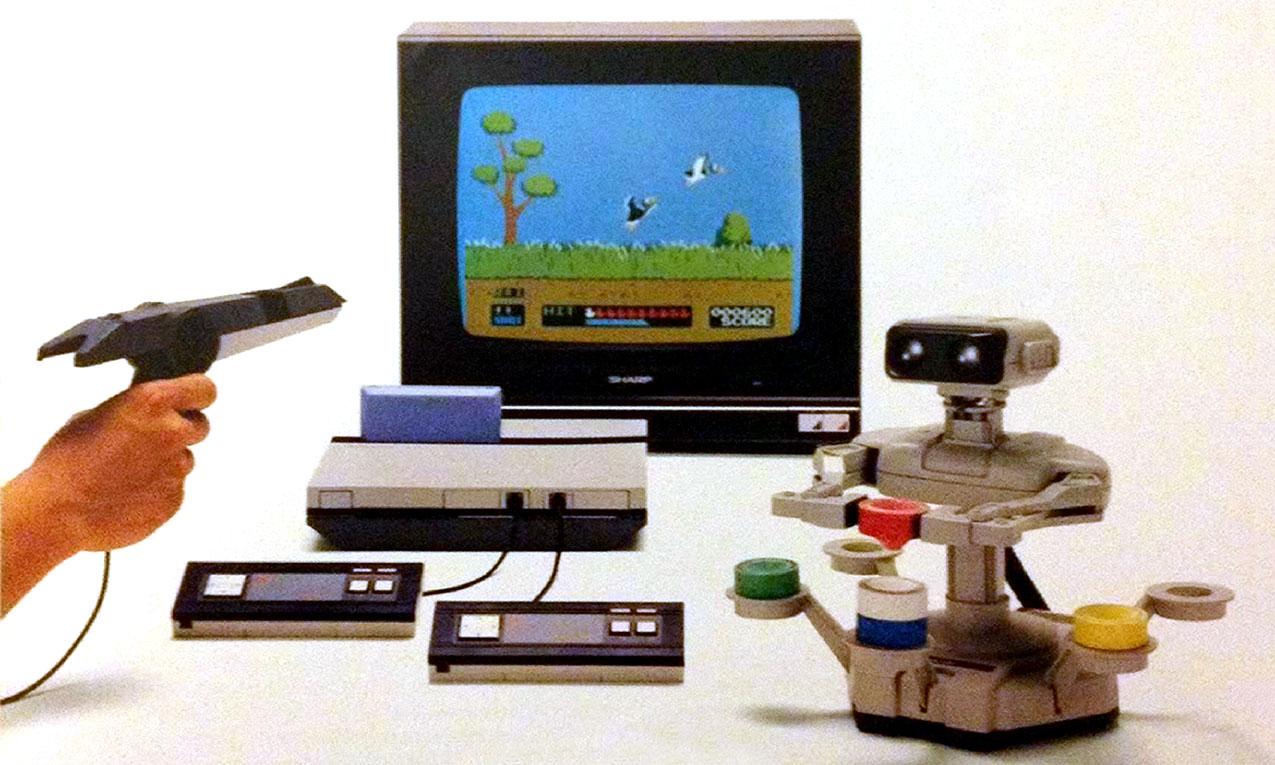Leading video game console developers like Microsoft and Sony have settled into a cadence in recent years, finding success by releasing their next-gen consoles (Xbox and PlayStation) at regular intervals of 5 or 6 years.
But in the early days of home gaming, developers abided by no such conventions, releasing consoles at a quicker, less-orderly pace that resulted in the cannibalization of previous generation console sales while offering sparse improvements to consumers.
This lack of foresight was one of the driving factors in the video game market crash of 1983, most clearly seen in the collapse of Atari, a pioneering brand that had risen to an 80 percent share of the video game market by 1982 thanks to hits like Pong and Pac-Man.
Just a year later, the decade-old company was fending off massive losses as it appeared that consumer demand for video games had dried up. The embodiment of the crash came in 1983, when Atari directed 14 trucks’ worth of merchandise to be buried in a New Mexico landfill, with cement poured over for good measure.
It was into this perilous terrain that Nintendo entered in the fall of 1985, releasing a limited test-run of their new Nintendo Entertainment System (NES), a repackaged version of the highly successful Japanese Famicom.
Wired’s Chris Kohler explained the massive roadblocks impeding the NES: “In America, videogames were dead, dead, dead. Personal computers were the future, and anything that just played games but couldn't do your taxes was hopelessly backwards.”
With some sleight-of-hand marketing initiatives, like Duck Hunt’s Zapper Gun and Gyromite’s R.O.B. (both games were packaged as a NES Deluxe Set Pack-In bundle), Nintendo hoped to convince retailers that their new device was closer to a fancy new toy rather than another console that they wouldn’t be able to get out of their inventory.

Though far from an overnight success, or even enough of a bump to totally convince market observers that the video game market was back, the test-run, featuring the 17 original black box games, did well enough to warrant a continued effort. The NES expanded to L.A. in early 1986, followed by Chicago and San Francisco, with a nation-wide launch by the end of the year.
The story goes that the NES became a hit thanks to its historically successful Super Mario Bros. title, but the narrative is much cloudier. It’s actually up for debate as to when Super Mario Bros. was released in the U.S., with the orthodox view remaining for years that it did not come out until 1986, but more recently questions have surfaced that suggest a release date much closer to that original October 1985 launch.
Either way, Nintendo only sold around 50,000 consoles during that first holiday season — a far cry from the 100,000 they had manufactured. Whether Super Mario Bros. was a part of that first release, or it followed a few months later, it’s clear that the game buoyed the NES and help revitalize the video game market. In 1988, Nintendo sold 7 million units of the NES console.
